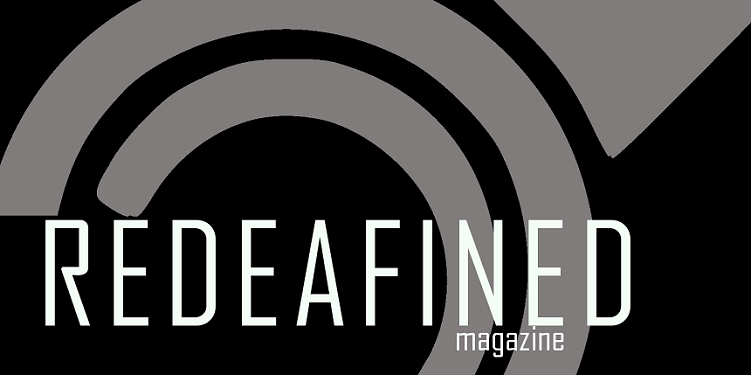The back story: A few posts ago I was excited to present to you a review of Sony Access Glasses, subtitle glasses for use in movie theaters, but when I arrived at the theater, it turned out that the glasses were not available; (luckily, another Rear Window-esque captioning system was in place instead). However...
Last night I finally got a chance to use this technology, available at select theaters throughout the country (in my case, a Regal Cinema in Manhattan). A friend and I went to see Bond's latest Skyfall, which, admittedly, doesn't have that much earth-shattering dialogue. But in any case, here's a little bit more info about the subtitle glasses experience:
I requested the glasses from guest services, where they had me write down my name and address, presumably in case I decided to lift the equipment. Then a manager walked with us to the specific theater of our showing, where she pressed a few buttons on the attached battery pack/ transmitter, so that the glasses were programmed to the right movie and subtitle track. Like other subtitle equipment, there were no captions for the previews, but once the movie started, green captions, complete with music and sound descriptions appeared on the glasses. For those who are used to open captions or more stationary personalized closed caption devices, this takes some getting used to, as the captions (obviously) move when you move your head. They can also become crooked or blurry if the glasses fall out of place, which was a slight issue for me; the equipment was definitely designed with a bigger person's head in mind, so my nose, rather than my ears (like regular glasses), ended up taking the brunt of the weight, which was uncomfortable. Additionally, the glasses block all the wearer's peripheral vision, which made communicating with my friend difficult.
I imagine these glasses will only get less bulky with time, though. All in all, the experience was a smooth one; the equipment worked, the captions were clear and, to the best of my knowledge, correct. But most importantly it appeared that most or all of the movies at the theater were captioned using this technology, so the best part about it is that it's making more movies and showtimes accessible! I was excited for the chance to see a relatively new-release movie (that wasn't Twilight) with a hearing friend at the day and time of our choice, and look forward to doing it again soon.


A solution such as the Sony Access Glasses would be very useful for people with hearing loss in the UK. Although most cinemas now have facilities to screen the latest films with English-language subtitles & audio description for people with hearing or sight loss, there are only around 1,000 subtitled shows every week around the UK. That may sound a lot but it’s only around 1% of cinema shows. In the UK, subtitles are on the cinema screen, for all to see, so require separate screenings - inconvenient for cinemas as well as audiences.
ReplyDeleteSubtitle glasses would increase the choice of subtitled films and shows tenfold, which people with hearing loss would very much appreciate. Take a look at this page of feedback from the cinema-going public: http://www.yourlocalcinema.com/quote.html
In fact a multi-language/caption/narration solution such as subtitle glasses or a caption display would enable under-served, untapped audiences Europe-wide to enjoy the cinema experience. Not only people with hearing or sight loss, but also people whose first language is not the local language.
The content is ready - film distributors already ensure that most popular cinema releases are routinely captioned, audio described and subtitled in many European languages. Large-capacity DCP hard drives can easily accommodate a digital film and multi-language text/audio tracks.
With ageing, loss of some hearing or sight is inevitable. Access to film via captions/subtitles and audio description/narration is something that we may all appreciate eventually.
Derek Brandon
Twitter: http://twitter.com/yourlocalcinema/favorites
They are too HEAVY, hurt the bridge of my nose to wear them that it actually left an indentation! Ouch but they are neat to use aside from that. So yeah DeAfinitely less bulky and then I will be happy to use then :)
ReplyDeleteHi there, I have recently tried a personal subtitle screen technology which has a huge drawback. A constant refocussing of the eyes from subtitles to movie screen is required which gives considerable eye strain. It would be good to know if this is a problem with the glasses too as in the UK we are trying to decide which technology to adopt in our cinemas. Comments would be appreciated.
ReplyDeleteHi Alistair,
DeleteI personally tended to like the Rear Window captioning better than most other types of personal subtitle displays and the glasses; though the glasses didn't cause any eye strain for me, they did hurt my nose and ears because they were so heavy. Since with Rear Window you can look through the subtitle display rather than having to look back and forth between the display and the screen, I find it the most natural. What do other subtitle users think?
Thanks for reading, Alistair!
S